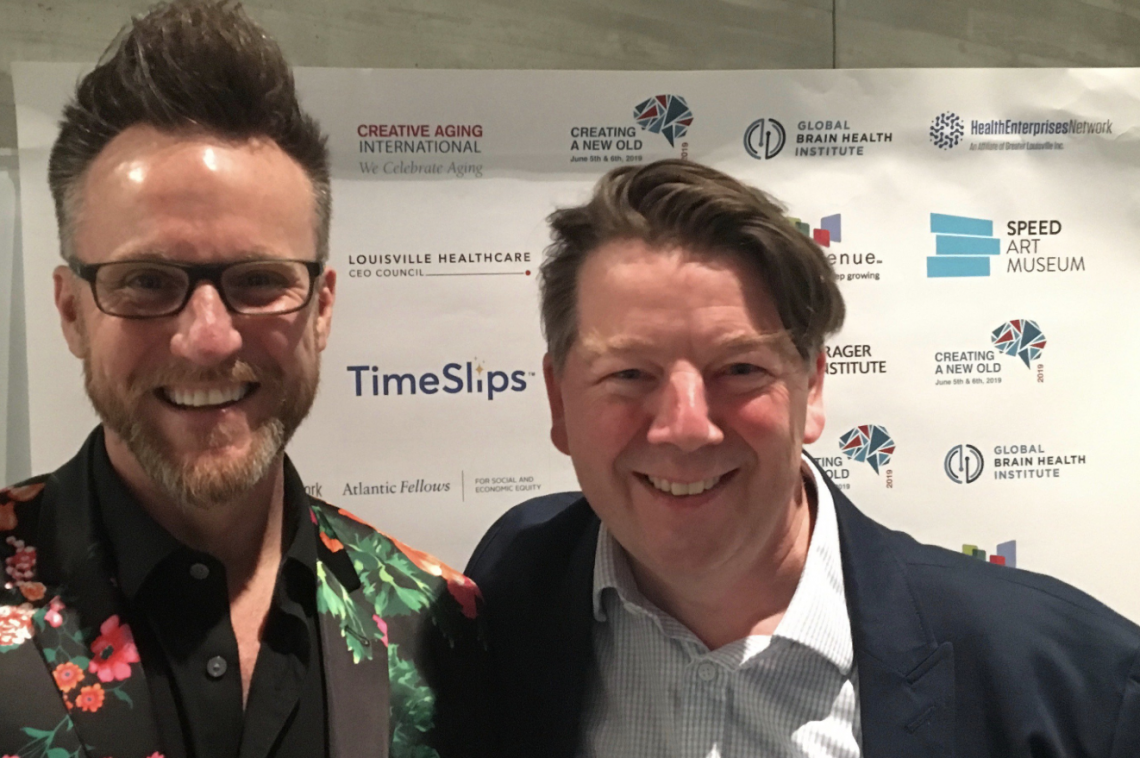
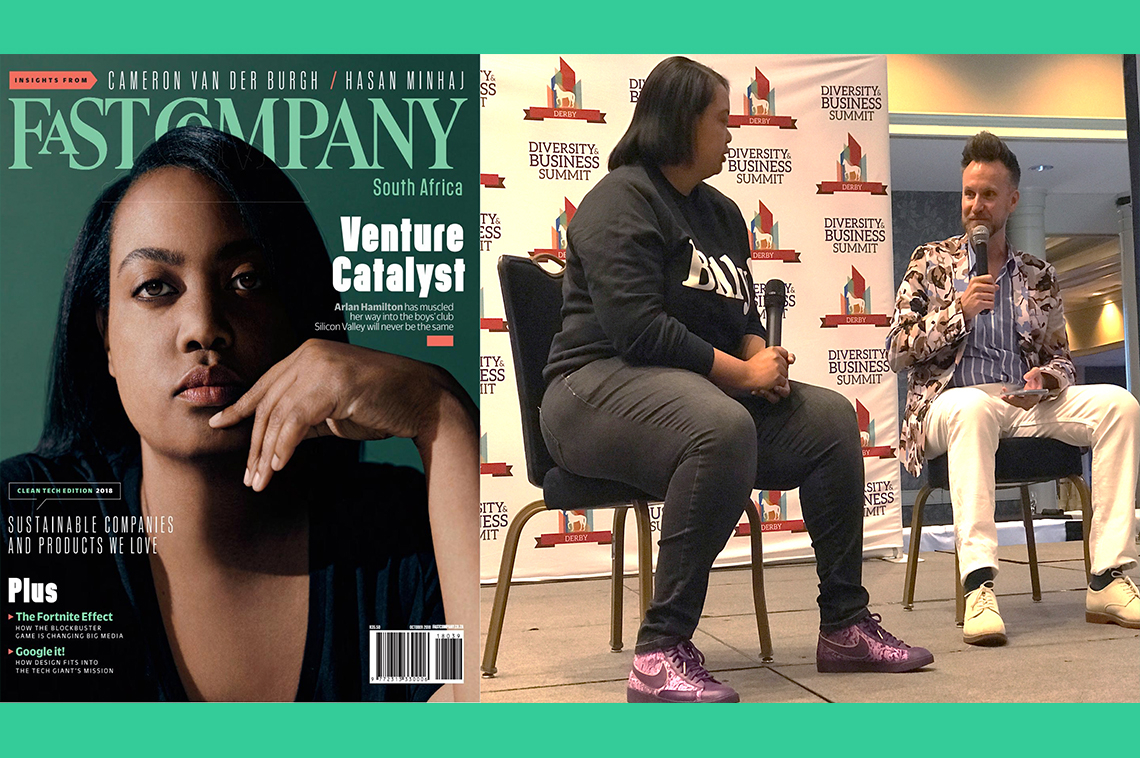
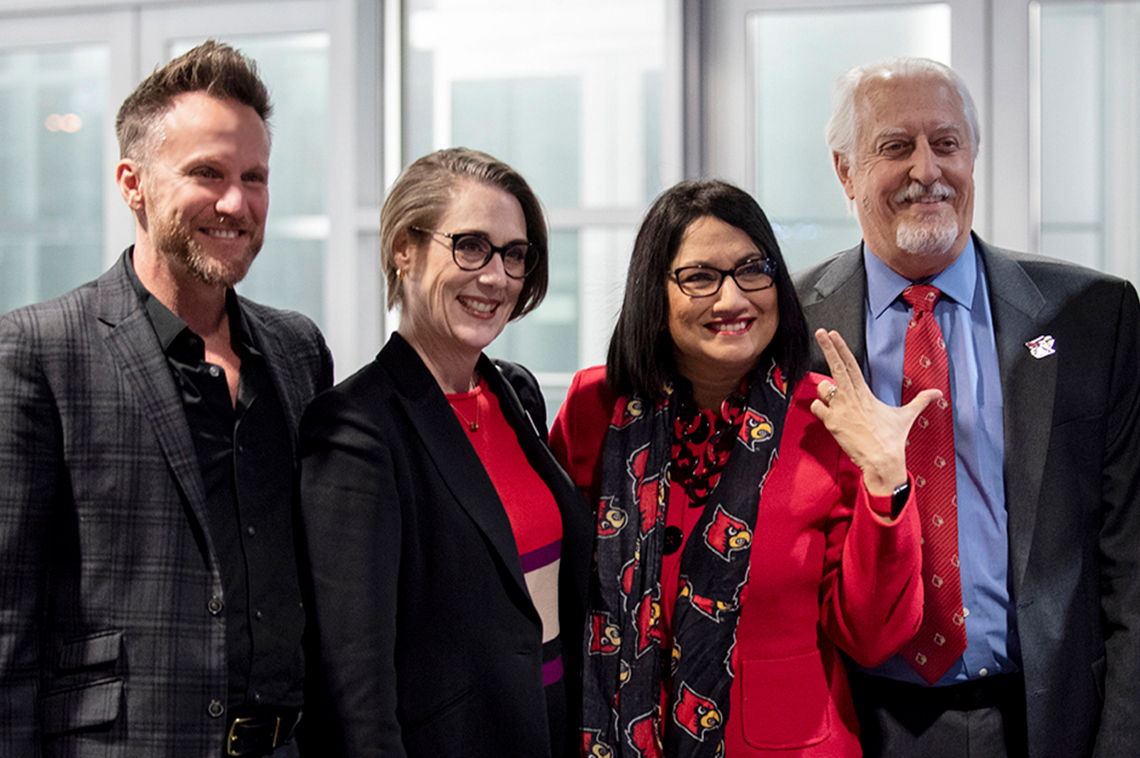
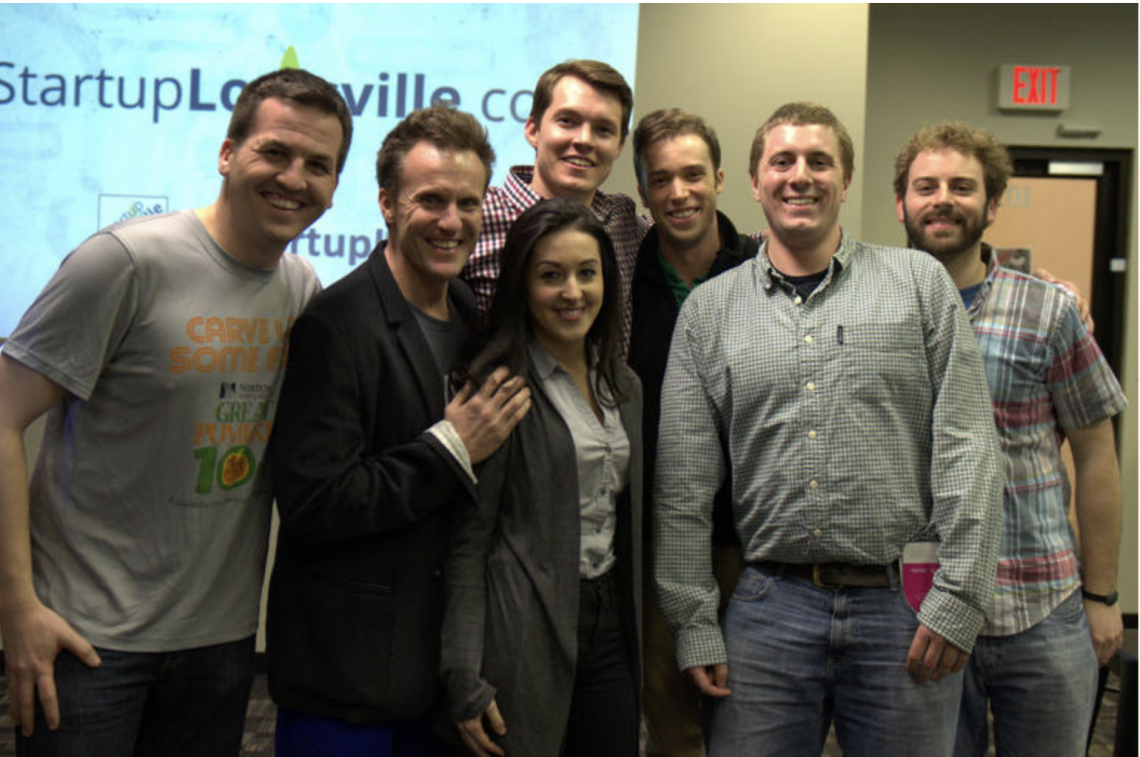
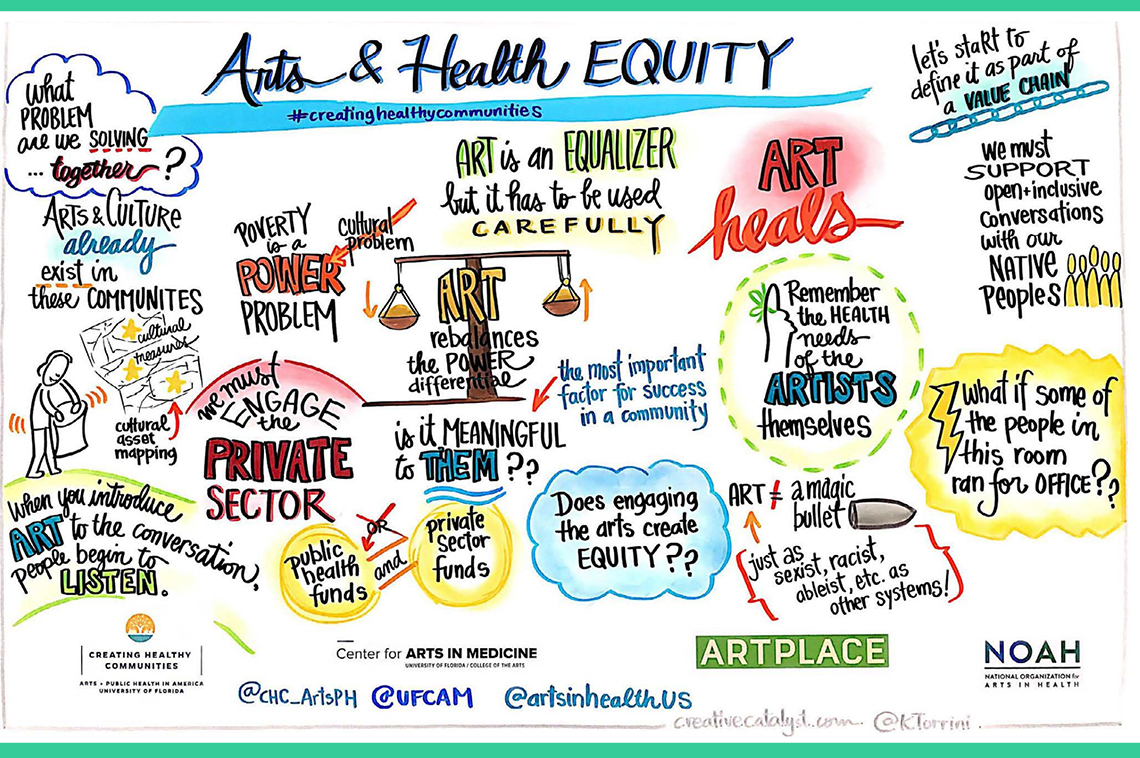
There’s been a load of comprimisin’ on the road to my horizon.
–Rhinestone Cowboy, Glen Campbell
CNBC reported something big recently: “The Business Roundtable, a group of chief executive officers of nearly 200 major U.S. corporations, issued a statement with a new definition of the 'purpose of a corporation.' The reimagined idea of a corporation drops the age-old notion that they function first and foremost to serve their shareholders and maximize profits. Investing in employees, delivering value to customers, dealing ethically with suppliers and supporting outside communities are now at the forefront of American business goals.”
Investing in creative people. Developing value with communities. Encouraging fair and inclusive commerce. These are core tenets of Cultural Wellbeing. According to research, these are also important for creating a culture of health for all.
Even as employee health and wellbeing are becoming a priority among business leaders to drive innovation, productivity and employee retention, new research with chamber of commerce executives reveals community health is not as salient to business leaders. However, they do recognize the link between community health and economic development.
ASSIMILATION & INNOVATION DON’T MIX
"If I told you that a flower bloomed in a dark room, would you trust it?"
-Poetic Justice, Kendrick Lamar
Driven by GEN Yand GEN Z – and an increasingly diverse workforce is demanding to bring their “whole selves” to the job – the drumbeat for inclusion in business is accelerating. However, many business leaders seem to be stuck inside an old industrial economy model that diminished individuality and trained people to be cogs in a wheel. It’s not serving us well today.
But just saying "bring your full self to work" isn’t enough. Businesses must also account for the fear that arises for many groups who have been historically underestimated. A Deloitte survey of 3,129 people, 61% reported hiding or downplaying an aspect of their individuality at work to adhere to social norms with the greatest impact being felt by African-Americans (79%), Latinx (63%), LGB (83%), and women (66%).
While many Fortune 500 companies now have a diversity and inclusion officer, CEOs who are African Americans, openly LGBTQ, Latinx and Women CEOs are still significantly lacking — even though this group represents the vast majority of our country from a demographic and market growth standpoint.
There is an urgency here for business leaders. According to Gallup, American employees have little belief in their company’s leadership.
- 22% of employees strongly agree the leadership of their organization has a clear direction for the organization;
- 15% of employees strongly agree the leadership of their organization makes them enthusiastic about the future.
- 13% of employees strongly agree the leadership of their organization communicates effectively with the rest of the organization.
But, Gallup goes on to report, these numbers can improve if leaders renew their commitment to employees by designing and delivering authenticity, and take employee engagement from a mix of surveys and volunteerism, to a cultural pillar that improves performance. Our research at the University of Louisville indicates that when culture is scientifically connected to hope, trust, belonging, and health-related quality of life, an individual’s performance improves across multiple key indicators and can drive new innovation and inclusive growth at organizational and market levels.
GOOD AS HELL
"I do my hair toss, Check my nails. Baby how you feelin'?, Feeling good as hell."
-Good As Hell, Lizzo
The window is open for the creative community to forge a new relationship with the business community. Now is a culturally-relevant moment. Inclusion is the linchpin. There is transformative potential for business innovation through Cultural Wellbeing.
Cultural Wellbeing has Five Dimensions that need to be considered when starting to develop creative collaborations with business. Each are listed below with a tip on how artists, creatives and culture-bearers can approach businesses to get started.
As you go along, use this Cultural Wellbeing Compass to collect your experiences and navigate toward creating an inclusive strategy with your business partners over the long term.
1. CREATIVITY: How is human creativity engaged to support organizational growth?
TIP FOR GETTING STARTED: Use social media to find people you know working in a company of interest. (LinkedIn is especially good for this.) Have them support you in reaching out to their coworkers to find out who in the company may also be an artist, poet, musician, etc. Organize a fun social gathering for those individuals (and other employees from different areas of the company) to discuss how the creative process is valuable to what they do in the company.
2. CURIOSITY: How is knowledge enriched and shared across the life span and diverse backgrounds?
TIP FOR GETTING STARTED: Does the business you want to work with have an Employee Resources Group? Find out and engage them. ERGs can provide an opportunity to find an immediate common thread with many corporations. For rural communities, local community colleges may also be a good place to start.
3. COMMERCE: How do people make connections between their personal actions and economic systems? How is new value, both commercial and social, developed?
TIP FOR GETTING STARTED: Look for a Start-Up Weekend in your community and participate. They are open to everyone, great fun and there is no better way than to dive in and learn how your local entrepreneur community works. If you are in a rural community, business social clubs like Rotary Club are also good options to start learning.
4. CORPORATE CITIZENSHIP: What messages are different kinds of communities receiving from corporate citizenship efforts found in media and philanthropy?
TIP FOR GETTING STARTED: There are vast amounts of media, statistics and reports coming out weekly. Making sense of it all is hard sometimes. Consider partnering with a local high school, community college or university to create a collaborative project. Pick an issue that is important to your community, and work with a class over a semester to collect information on the topic such as media stories, formal reports, 1:1 interviews with business and political leaders, and any other information that seems relevant to the topic and meaningful to the cultural fabric of your community. My experience has been that this provides valuable skill-building for students, engages creatives in a new way and builds stronger connections between different parts of the community. Also, the more you can frame this as finding new growth opportunities that can benefit everyone, the more excited everyone becomes to support the project. Here is an example of a project IDEAS xLab did with several corporate, cultural and health partners.
5. INCLUSION: Are diverse communities able to cooperate and thrive in ways that increase hope, trust and belonging with a positive, measurable impact on wellbeing from the individual, to the organization, to greater community at large?
TIP FOR GETTING STARTED: Ok, this is the big one. And, as creatives and culture-bearers, we know this happens often in our work. What’s missing is a replicable, scalable, efficient way to prove that it is happening across diverse context and organizational typologies. That is why University of Louisville Center for Creative Placehealing (CCP) and Center for Health Organization Transformation (National Science Foundation-funded center) -- in partnership with government, nonprofit and private sector partners -- are planning a 2020 initiative to scientifically measure and begin to manage “Cultural Wellbeing” in the corporate sector across four critical outcomes: 1) trust, 2) hope, 3) belonging, and 4) health-related quality of life. Our research indicates that “Cultural Wellbeing” is an organizational predictor of employee retention, health/wellness and innovation capacity/output. The scientific measurement instrument CCP has developed is called the Cultural Wellbeing Index© (CWBI) and is currently completing its validation study in inside a multi-national corporation focused on non-clinical home caregiving.
Beyond measuring and managing “Cultural Wellbeing” in 2020, CCP will also: (1) work with a randomized group of corporate, nonprofit, and government partners to implement Cultural Wellbeing Clinics -- an intervention for catalyzing shifts in organizational culture and entrepreneurial eco-systems (from diversity to inclusion) in order to increase innovation capacity while simultaneously improving employee wellbeing; and, (2) implement an educational, fellows-style program for corporate partners at UofL taught by the research team and other UofL faculty.
So, my tip for getting started here is to be sure and follow the Center for Creative Placehealing on Twitter. As the process unfolds, we will be providing research updates, interviews, measurement tools and more, all related to building a more inclusive, creative and healthy culture within the American workplace.
***
Theo Edmonds is a wellbeing researcher, cultural futurist, champion clog dancer, innovator and entrepreneur. He is an Assistant Professor at the University of Louisville School of Public Health & Information Sciences, where he also serves as Founding Director of the Center for Creative Placehealing. He is co-founder of IDEAS xLab and Vice President of CIVITAS, a regional LGBTQ Chamber of Commerce. Theo was named by Southern Living magazine as one of 50 People Changing the South.





